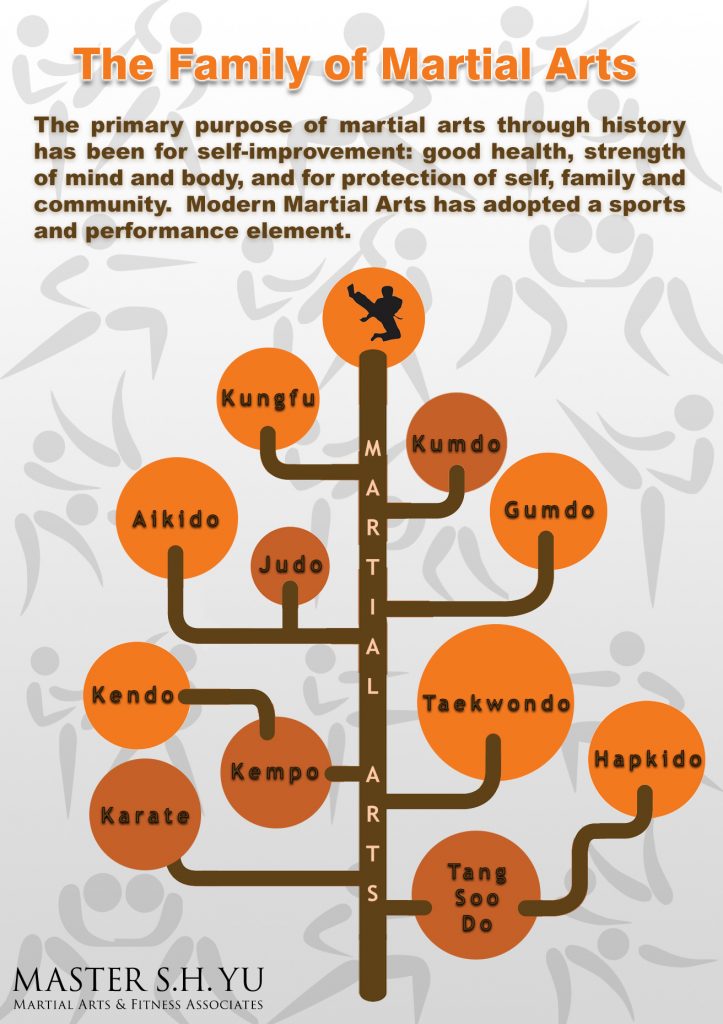The History And Ideology Of Fighting Style: A Deep Dive
The History And Ideology Of Fighting Style: A Deep Dive
Blog Article
Created By-Ryberg Barbour
Step into the old world where martial arts were born out of necessity in varied regions. Cultures crafted special fighting designs intertwined with historic contexts. Strategies advanced over centuries with dedicated method and cultural exchanges. Today, modern-day martial arts blend standard components for optimal effectiveness. Philosophically, martial arts emphasize self-control, self-improvement, and harmony. https://www.kcentv.com/article/news/local/grapplers-lair-in-temple-hosting-free-clinic/500-f617d382-64f9-45bc-82a6-b2eb490f0fba , humbleness, and equilibrium are foundational concepts assisting specialists in the direction of development and resilience. Check out mouse click the up coming internet site of this abundant background and philosophy to discover the extensive influences forming this enduring technique.
Beginnings of Martial Arts
Fighting style came from different areas worldwide, developing as functional combat systems to resist hazards. These ancient combating designs were established out of necessity, with each society crafting methods suited to their distinct settings and challenges. From the grappling arts of Jujutsu in Japan to the striking strategies of Martial art in China, martial arts were deeply linked with the historic, social, and cultural material of their corresponding societies.
In Japan, the samurai class polished martial arts like Kenjutsu, the art of the sword, which later on advanced into the much more promoted form of Kendo. At the same time, in Brazil, Capoeira emerged as a mix of dancing and battle, developed by enslaved Africans as a way to resist oppression. Each martial art carries with it an abundant history and ideology, showing the values and beliefs of the people who practiced them.
As you look into the origins of martial arts, you uncover a tapestry of human ingenuity, durability, and the stubborn spirit of warriors throughout time.
Evolution of Methods
Through centuries of technique and improvement, fight methods within different martial arts have undertaken an extensive advancement. From ancient styles like Kung Fu and Martial arts to more modern-day self-controls such as Brazilian Jiu-Jitsu and Krav Maga, the development of techniques has been driven by a combination of cultural impacts, functional applications, and technological developments.
One significant facet of this advancement is the cross-pollination of strategies in between various martial arts. For example, strategies from traditional Japanese Jiu-Jitsu were integrated into the production of Judo by Jigoro Kano in the late 19th century. This mixing of designs has actually led to the growth of hybrid martial arts like Mixed Martial Arts (MMA), which incorporate aspects of striking, grappling, and submission techniques.
Additionally, mouse click the up coming web site of strategies has actually been shaped by the boosting emphasis on efficiency and effectiveness in combat. Experts have actually continually sought to refine their methods through rigorous training, experimentation, and competitors, bring about the advancement of extremely specialized and effective combating styles. Overall, the development of strategies in martial arts reflects the vibrant nature of fight and the recurring mission for enhancement and advancement.
Thoughtful Structures
Checking out the underlying philosophical concepts of martial arts provides insight into their core worths and guiding beliefs. At the heart of lots of martial arts self-controls is the idea of self-control itself. By educating your body and mind to work as one natural device, you cultivate technique that extends beyond the dojo or health club right into daily life. This discipline encompasses respect, humbleness, and self-constraint, shaping not simply your physical capacities yet also your character.
An additional fundamental philosophical structure in martial arts is the idea of continual self-improvement. The journey of grasping a martial art is never-ending, with professionals constantly aiming to far better themselves, both physically and mentally. This concentrate on growth cultivates durability, perseverance, and a growth way of thinking that can be related to all facets of life.
Moreover, martial arts stress the relevance of harmony and balance. Strategies are created to make use of a challenger's power against them, highlighting the concept of producing and redirecting force instead of satisfying it head-on. This ideology includes interpersonal connections, promoting serene resolutions and mutual understanding. By welcoming these philosophical structures, martial artists not just enhance their battle abilities however likewise cultivate a way of living fixated personal development, regard, and consistency.
Final thought
In conclusion, the history and approach of martial arts provide an abundant tapestry of practice, self-control, and self-improvement.
Consider instance the story of Bruce Lee, who reinvented martial arts by blending different designs and approaches to develop his very own one-of-a-kind kind of Jeet Kune Do.
Via commitment and development, martial artists remain to press limits and inspire others to reach their complete potential both in battle and in life.
